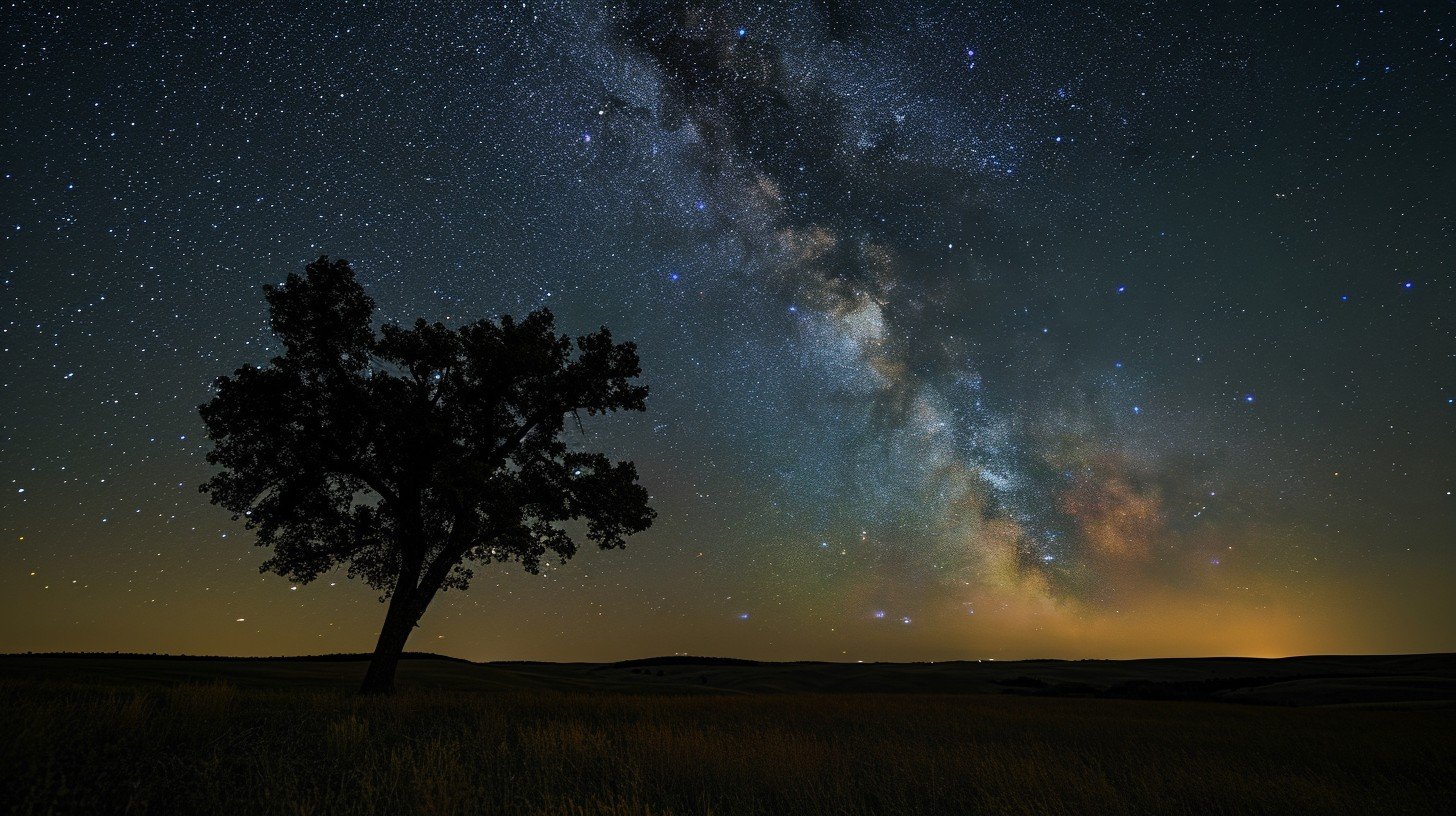
Frequently Asked Questions
-
The world primate refers to our animal nature and the recognition that our physiology and psychology were shaped by our evolution by natural selection, a fact that we ignore at our own peril. The word contemplative has a dual meaning, connoting both intellectual and spiritual reflection. We see those as the two most effective methods for learning to reconcile our animal nature with the fact that we no longer live in our ancestral environment and instead live in complex civilizations. The tensions arising from that fact are one of the primary focuses of study in the program. We see learning to live skillfully with that tension as inseparable from true spiritual development.
-
Chimpanzees are our closest evolutionary cousins. We believe the depiction of chimpanzees doing typically human things can help shake us out of our habitual ways of understanding what it means to be human and reinforce the importance of acknowledging our primal roots. We also love animals and just like the way it looks!
-
Spirituality is difficult to define. As a starting point, we note that the root of the word spirituality is the Latin word spiritus, meaning breath. The breath is our connection to the outside world and the one physiology vital function that is within our conscious control. Our notion of spirituality therefore begins with a grounded, breath-based awareness.
Beyond that, we see the essential components of spirituality as the following:
An appreciation of and reverence towards reality as it is now, including the mysteries of life and existence. This includes an acceptance that the parts of the world that we like are inseparable from those that we don’t.
A deep understanding of what it means to be human, including the importance of family, community, and connection with our past
Appreciation that the tasks of daily living, such as cleaning and preparing food, are essential parts of the spiritual path
Cultivation of virtues like awareness, wisdom, equanimity, awe, humility, gratitude, generosity, courage, and compassion.
A deep sense of interconnectedness with other humans, life, and the rest of the universe. Ultimately, we aim to dissolve the boundary between self and other, which naturally leads towards a commitment to service towards others.
-
Our program dissolves the traditional boundaries between subjects and modes of inquiry. We focus on the big picture. We also place equal importance on mental and physical training and use both to cultivate a form of spirituality that makes sense in the modern world.
We believe that modern education focuses too much on transmission of knowledge and the ability to construct arguments at the expense of appreciation and true understanding. Grading systems that emphasize test scores further inhibit curiosity.
In addition, our curriculum is prescriptive. We believe that most universities encourage exploration at a time when many students need curation. Perhaps counterintuitively, we believe that this breeds conformity, not curiosity, as students overwhelmed by options default to the most common and financially rewarding courses of study.
-
Yes and no. We are inspired by various religious and philosophical traditions, but we don’t subscribe to any particular set of religious beliefs. In fact, there is nothing in our curriculum that a modern scientist would object to.
At the same time, we see religious practices as technologies for developing a particular orientation towards the self, others, and the rest of existence. Because we believe strongly that such practices are an essential part of a spiritual life for most people, you could say that in some sense the program is religious.
Our inspirations include Buddhism, Stoicism, the Abrahamic faiths of Judaism, Christianity, and Islam, and Ancient Greek religion and philosophy. We see them not necessarily as sources of supernatural insights but as guides as to how people have learned to live well in the past. As we continue to learn, we hope to incorporate more content from other sources, like Hinduism, primitive religions, and ancient pagan religions.
-
For the most part, the program will not focus on practical career development. However, we do encourage students to engage in traditional career exploration, and we believe that those we engage in the curriculum wholeheartedly will be able to navigate the professional world at least as skillfully, if not more so, than their peers.
Careers in medicine, law, academia, and business are natural places for graduates to land. Others may become coaches, mentors, teachers, or counselors.
Whatever they decide to do, students will be far better equipped than their peers to face challenges, build relationships, find purpose and meaning, and live a happy, healthy life.
-
In some religious traditions, monks embrace renunciation and seclusion from the world so that they can focus on their spiritual development. Monastic life is communal and highly regimented, including study, manual labor, meditation, and prayer. Not all monks are expected to renounce the world permanently. In monastic parables, the return to the world is known as “coming down from the mountain.”
This is the model we encourage our students to embrace. We see monasticism as a way to find clarity amid the incessant noise and clutter of the world. The radical changes that we seek are difficult, if not impossible, to find in the noise and clutter of the world. In that space, they can find a radically new way of approaching life that they then bring with them when they return to the world.